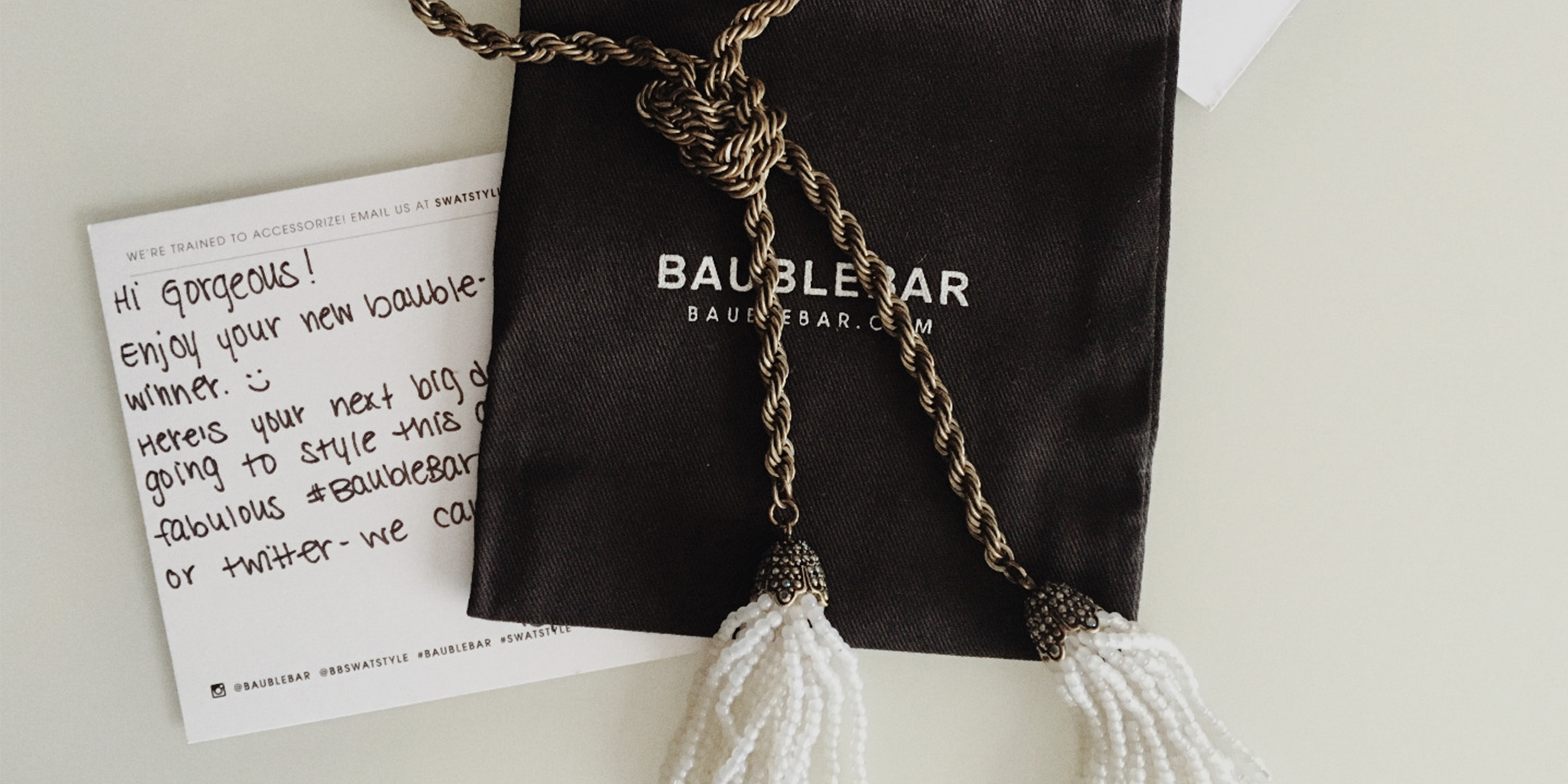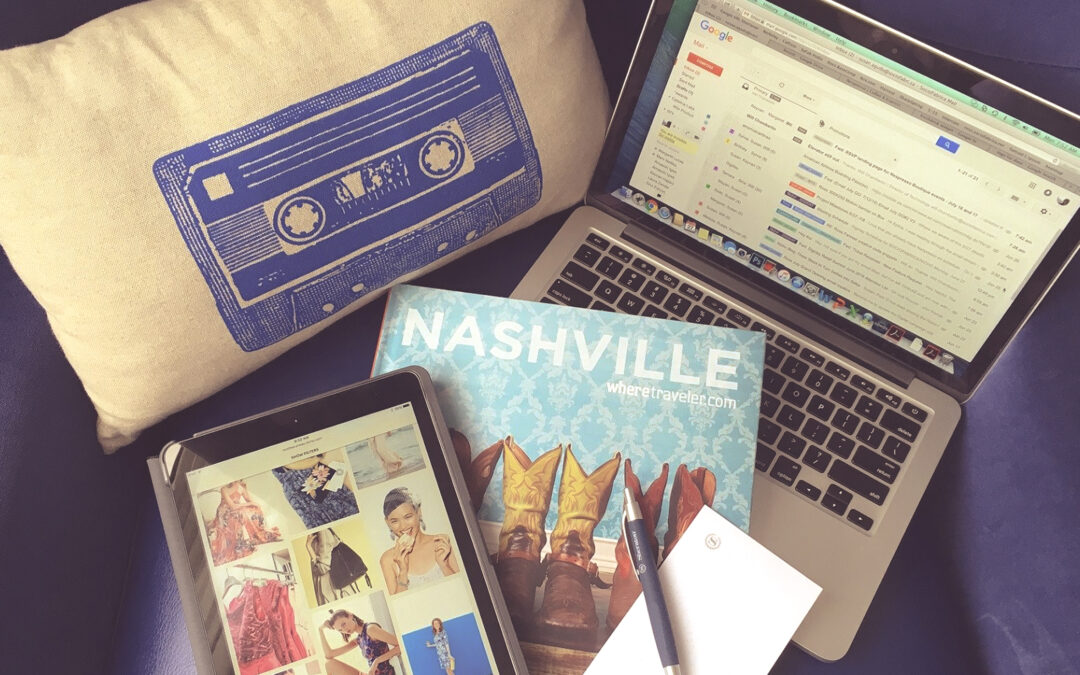Deep in the heart of Music City, Nashville, amid the fiddle and bass lines of the honky tonks, we gathered with an intimate group of brands at the Digiday Retail Summit to discuss the state of retail. After the three-day conference and listening to challenges that retailers face (such as how to tell your brand story while attracting new, quality customers and proving ROI with social media) we’ve put together our three takeaways for retailers to be successful and rock it in today’s market:
- Have a brand identity
- Personalization is more important than ever
- Make more out of social to connect with your customers

Have a Brand Identity
Retailers should not be defined solely by the products they sell. The most successful retailers have a strong brand identity that transcends the physical product – they tap into emotions, which allow us to connect with the brand. Retailers that evoke emotion with its customers instills a sense of purpose and identity with them that command brand loyalty.
In addition to arousing emotions, retailers – either by the product itself or the brand mission – should seek to enhance the lives of its customers. Deep down, all humans constantly desire for a better experience and better life. As Miki Agrawal, CEO and Co-Founder of THINX, simply puts it, “Brands should ask themselves these three things:
- What sucks in my world?
- Does it suck for a lot of people?
- Can I be passionate about this issue, cause or community for a really long time?”
The bottom line is, retailers need to have a clear brand identity – who they are and what they want to connect to their customers about.
Personalization is Key
Once a brand identity is established, retailers need to find ways to distinguish themselves. Personalization is important now more than ever with the emergence of the digital space. Technology, if not used properly, can create distance. However, when leveraged in the right way, it can actually boost customer loyalty. Sephora and NET-A-PORTER are great examples of brands that use technology to provide a more personalized experience.
Sephora uses Color IQ, a device that determines your skin tone and assigns it a Pantone color by scanning the surface of customers’ skin. Once a customer’s skin tone is determined, product recommendations are provided that best suits them – everything from concealer, to foundation, to the perfect nude lip color. The color data and product suggestions are saved to the user’s profiles so they can easily be accessed at any time.
NET-A-PORTER also tracks customer data, but they track purchases – including any returns that are made so that their recommendation engine can provide suggestions. Based on this information, customers can receive recommendations on new products that come in so that they are more likely to see merchandise that they love – and none of what they don’t love. In today’s ever-connected digital world, it’s easy to hide behind our devices and lose that personal connection. Instead, retailers should think of how they can use digital to personalize the experience for every customer.
Baublebar has perhaps taken personalization and digital customer experience to a whole new level. Baublebar’s Vice President of Customer Experience and SWAT (Service With Accessorizing Talent) Nina Alexander-Hurst explains, “It’s not the technology, but the people behind the technology that makes the difference.” At Baublebar, technology is used to remove friction: “Wherever possible, a human element is infused back into the shopping experience to maintain personalized one-on-one customer service,” says Alexander-Hurst. One of the ways that Baublebar does this is by offering video chat with customers, as opposed to the usual ‘live chat’ that have become common on websites. With video chat, customers are able to speak with personal stylists who can show them what the merchandise looks like on an actual person so that customers can get a better idea of things like size, material, etc. that is difficult to discern from a static product image on a website. Even after the purchase is made, Baublebar continues the personalized experience by including in each package a handwritten note by the stylist.
As Founder and CEO of sock company Mooshwalks, Olga Kay (of YouTube fame) simply puts it, “Personalization makes customers feel special and it keeps them coming back.”

Make More Out of Social
It is now the norm for retailers to have social media profiles, but simply having these profiles are not enough. What are you doing to make more out of your social media? It has proven to be effective to incorporate in your strategy the buy-in of personalities of your target audience. And no, we’re not just referring to influencers. Women’s resort wear brand Lilly Pulitzer likes to call them ‘brand friends,’ which can come in all shapes and sizes, whether employees or customers.
Leveraging brand friends helps retailers find authentic, credible and relatable content while also authentically telling the brand story. Being an influencer herself, Olga Kay says that “Brands should be about connecting with their audience. When content is authentic, the connection happens naturally.”
Once you find conversations about your brand, retailers should seek to engage with them, as opposed to letting it be a one-sided conversation. Using social media to engage with customers cultivates community and strengthens brand loyalty. Naysayers of social media may not see the value of using company resources to grow social community, but Lilly Pulitzer’s Director of Brand Marketing + Media, Eleni McCready, explains, “The user-generated content that’s being created is the ROI.” User-generated content brings brands to life by providing a narrative – told by real life people talking authentically about your brand.
Social media doesn’t have to be hard. McCready says, “Let UGC do the heavy-lifting – highlighting them helps you build your community.” Fashion blogger Mary Orton suggests, “Leveraging community can easily be done through regrams.” Customers are your best brand ambassadors and it’s common to see people proudly post on social declaring love for their favorite brands. Showing appreciation or recognition to them by simply re-posting a customer’s picture can go a long way to strengthen brand loyalty and increase the chances that a fan will shout out the brand again across their own personal networks.
Check out how Digiday made the most of the social conversation happening around the retail summit here.
In today’s digital world, it’s all about the customer. Having a strong brand identity that customers can connect with, personalizing their experience and using social media to create community can go a long way in creating lifetime customers, while also attracting new ones.

